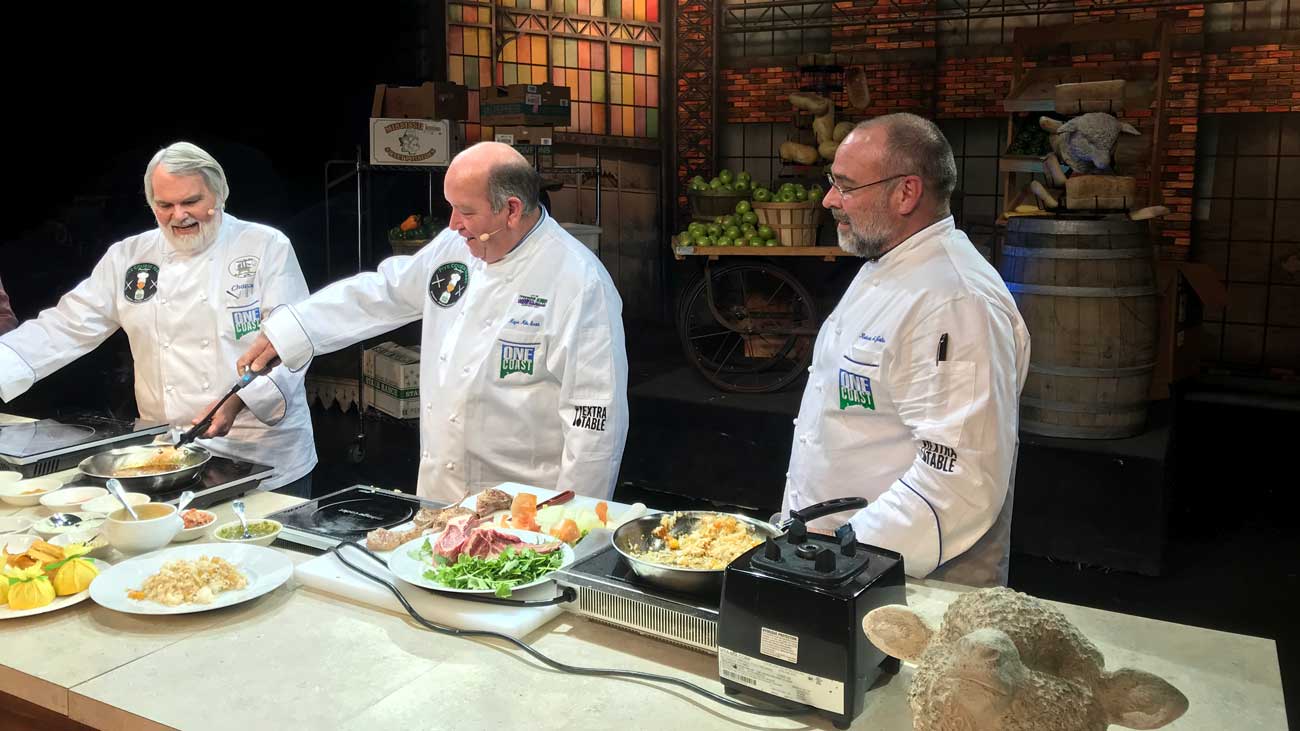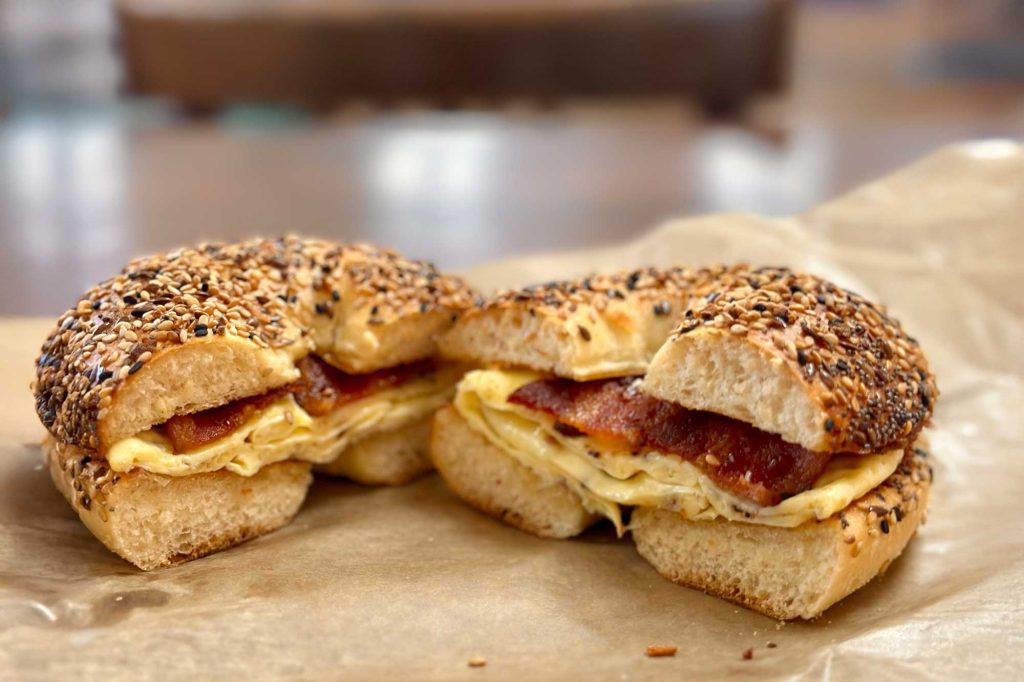I am not a coffee drinker.
I would like to be a coffee drinker. I like the smell of coffee. I like the idea of drinking coffee. I just don’t like the taste of coffee. I drink orange juice in the morning.
I’ve been drinking orange juice for as long as I can remember. As a kid my mother used orange juice concentrate. Our freezer was always loaded with those small cans of concentrated orange juice. Her cookbooks were filled with recipes that used orange juice concentrate as an ingredient. The small, round, tube-shaped container was even used as a measuring tool in many recipes.
I guess they still make orange juice concentrate, but I haven’t used it in years. It was invented in 1948 and rode a popular wave all the way into the 1980s when cartons of orange juice were made available. That is what I drink today.
When I started purchasing half-gallon cartons of orange juice, I assumed that it was freshly squeezed since there was no need to add water. Not true. The orange juice that populates the refrigerated section of our grocery stores today is heavily processed and engineered. It could have been squeezed over a year ago, and— more often than not— was squeezed and processed in Brazil.
The Florida orange groves are quickly giving way to condos, and with less expensive shipping, Brazil is quickly becoming the new home to the orange juice industry.
In the 1960s the orange juice industry invented something they call “the flavor pack” which makes the product most of us purchase today taste more like freshly squeezed orange juice. The flavor pack is added to orange juice after it has been pasteurized which takes all of the color and flavor out of the product. The flavor pack is made from orange-derived substances, essence, and oils that are broken down into individual chemicals and then recombined with the juice.
In an article in The Boston Globe, Alissa Hamilton, author of the book, “Squeezed: What You Don’t Know About Orange Juice,” said of today’s orange juice, “In the process of pasteurizing, juice is heated and stripped of oxygen, a process called deaeration, so it doesn’t oxidize. Then it’s put in huge storage tanks where it can be kept for upwards of a year. It gets stripped of flavor-providing chemicals, which are volatile. When it’s ready for packaging, companies such as Tropicana hire flavor companies such as Firmenich to engineer flavor packs to make it taste fresh. People think not-from-concentrate is a fresher product, but it also sits in storage for quite a long time.”
When asked why “orange flavor” is not listed in the ingredients of orange juice, Hamilton stated, “The regulations were based on standards of identity for orange juice set in the 1960s. Technology at that time was not sophisticated at all . . . I don’t think the concern is so much ‘are these flavor packs unhealthy?’ The bigger issue is the fact that having to add flavor packs shows the product is not as fresh and pure as marketed.”
Orange juice is big business. Like the cola wars, the orange-juice battlefield is manned by two primary competitors: Coca Cola which owns Minute Maid, and Tropicana which is owned by Pepsi.
Flavor pack, or not, the half-gallon carton version of orange juice is what I buy and drink today. Would I rather have freshly squeezed? Absolutely. Will I wake up and squeeze fresh oranges every morning? No. My grandmother used to squeeze orange juice every morning, but she didn’t have a job and her children were fully grown.
Nevertheless, today’s orange juice tastes pretty good and it’s infinitely better than Tang or that bitter-tasting Donald Duck orange juice in a can, and to me it’s better than coffee.
Barbara Jane Foote’s Super Summer Tea
6 Tea Bags (regular size, or 3 family sized)
2 qts Boiling Water
1 1 /2 cups Sugar
6 oz. Can Frozen Orange Juice Concentrate
6 oz. Can Frozen Lemonade Concentrate
6 oz. Pineapple juice
Handful Fresh Mint
1 /4 tsp Cinnamon
1 /8 tsp Ground Cloves
Pour boiling water over tea, mint, cinnamon and cloves. Steep for 20 minutes. Strain into a one-gallon pitcher. Add sugar, stir until dissolved. Add juices and stir well. Fill pitcher with ice. Can be served hot or cold.



